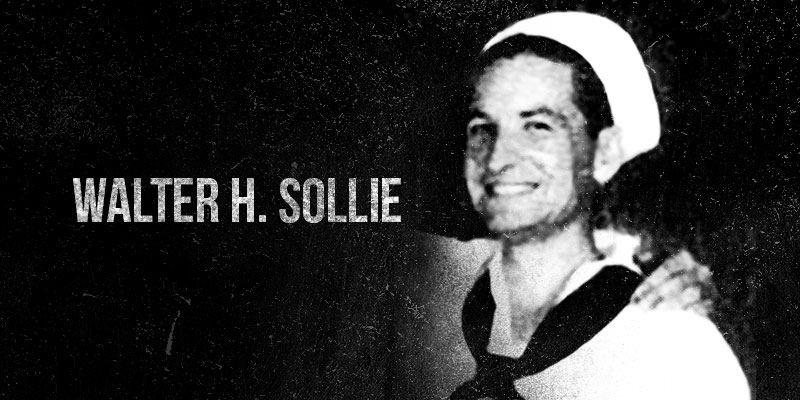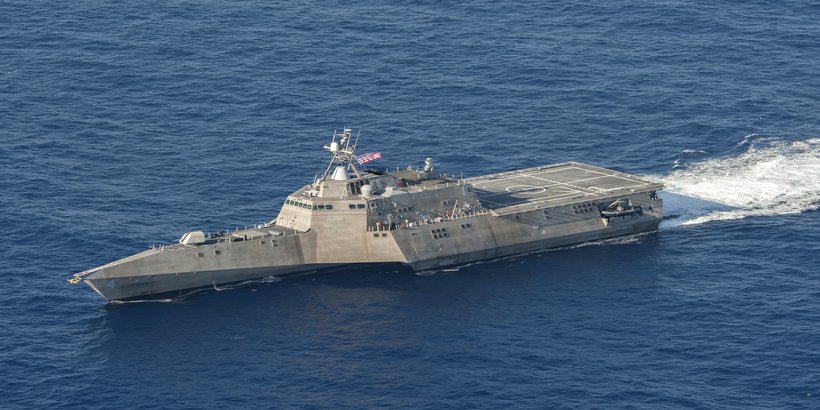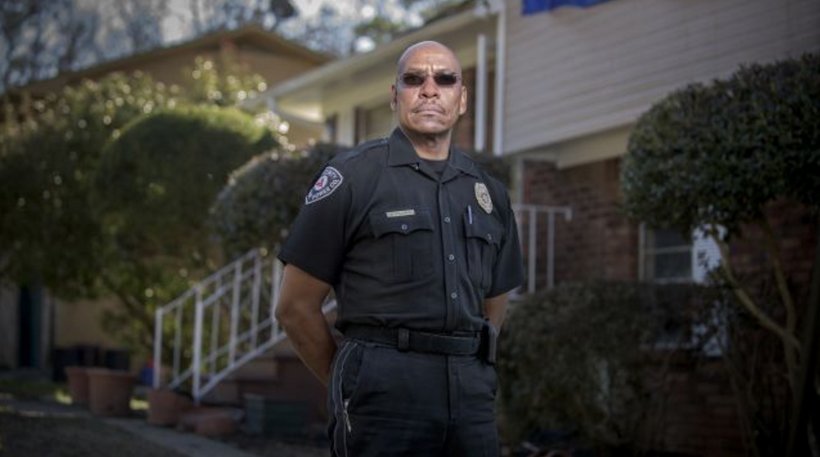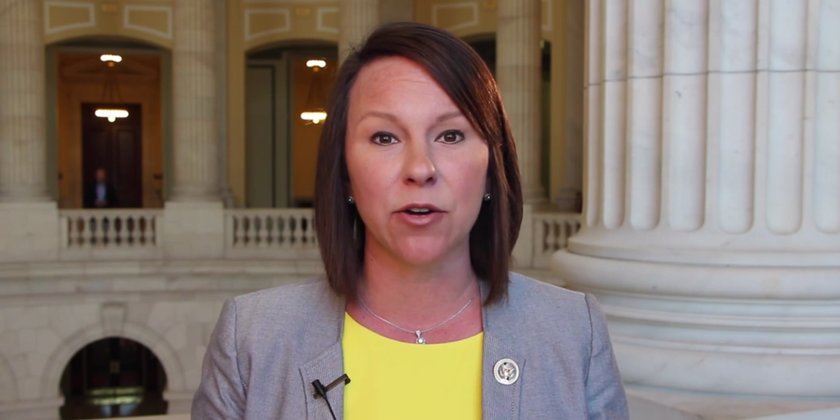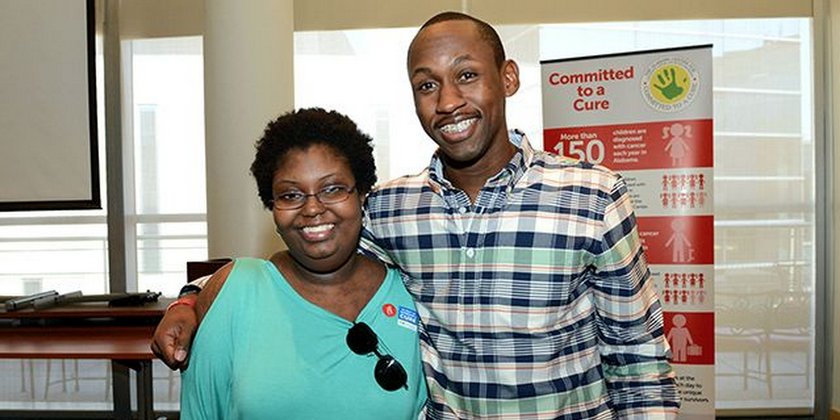
By Bob Blalock
About this time last year, Quintin Pridgen, of Norfolk, Virginia, met Logan Rafter in Birmingham. It was no chance encounter.
A year earlier, the Navy petty officer first class had donated the bone marrow that would save Logan’s life. Logan, a Children’s of Alabama patient, had battled a rare form of leukemia for years.
“Her only chance was to get a transplant,” said Dr. Fred Goldman, director of the Lowder Pediatric Blood and Marrow Transplantation Program and professor of Pediatrics at the University of Alabama at Birmingham.
A year after Logan’s transplant, Children’s brought the strangers together to meet at the 2014 Committed to a Cure Bone Marrow Registry Drive. “There were a lot of tears, a lot of joy,” said Goldman, who treated Logan. “They had a lot of laughs and shared a lot of hugs.”
On Tuesday, Sept. 1, the first day of the two-day 2015 Committed to a Cure Bone Marrow Registry Drive at Children’s, another patient with leukemia will meet her hero.
“Every year, one of the heroes gets to come meet the patient they saved,” Goldman said. “We make a big deal out of it because it is a big deal…. A complete stranger donating their own bone marrow to someone in need. That qualifies as hero status.”
The Alabama Center for Childhood Cancer and Blood Disorders at Children’s is partnering with Be the Match bone marrow registry in a regional effort to add names to the national registry. Children’s of Alabama hospital in Birmingham hopes the kindness of strangers – and the lure of football – will encourage donations.
Those who take part are encouraged to show their commitment to the cure by wearing team colors. The registry is seeking potential donors between the ages of 18 and 44 who are in good health, Goldman said. Children’s will host the drive in the hospital’s Performance Area from noon until 5 p.m. on Sept. 1. On Sept. 2, the drive will take place from 7 a.m. to 5 p.m. Free parking will be available at Children’s Fifth Avenue parking deck.
Bone marrow transplants can save the lives of people with deadly cancers and blood disorders, including leukemia, lymphoma and sickle cell disease. Every year, 25 to 30 patients at Children’s need this life-saving procedure. Unfortunately, for many children who require a bone marrow transplant, perfect matches are not able to be found. That’s especially true for patients of diverse racial and ethnic heritage, according to Goldman.
The Committed to a Cure Bone Marrow Registry Drive aims to enlarge the donor pool worldwide to increase the odds of finding a strong match for more patients.
“When a patient does not have a sibling who is a suitable match for transplant, we must turn to the registry to find a donor,” said Children’s Transplant Coordinator Melissa Wallace in a news release. “We rely on the generosity of total strangers, who have at some point decided to join the registry, to be donors.
“Matches among people of the same race and/or ethnicity are more likely, so we need as many people as possible to join the registry to increase the pool of suitable donors for the patients needing this life-saving procedure,” Wallace said. “I am sure it is hard enough to hear that you have a life-threatening illness, but the next worst thing would be that there is a possible cure and there is not a donor match to work with.”
That can change if enough people join the registry. It’s quick, easy and painless, Goldman emphasizes. All that is required of prospective donors is to complete a health questionnaire and have their cheek swabbed to collect DNA for tissue typing. The person’s name is added to the registry as a potential donor for a patient anywhere in the world.
“It’s a rare opportunity to save a person’s life that only you can do,” Goldman said. “It’s like winning the lottery if you get called on to donate.”
And, potentially a huge win for a child.
For more information about the tissue registry, click here.





